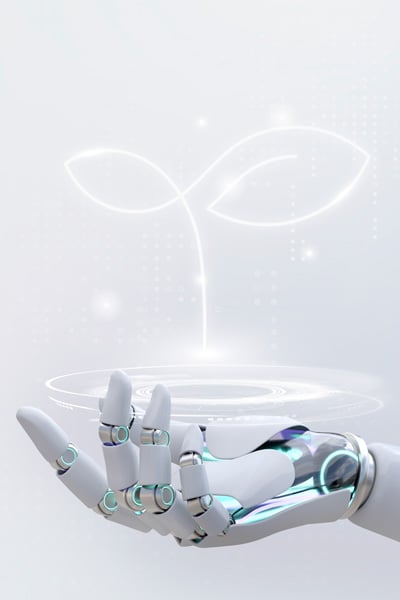Welcome to Physics Heaven! This article delves into the fascinating realm of “Classical Mechanics,” the cornerstone of physics that governs the motions of objects in our everyday world. From planetary orbits to the movement of vehicles on a road, Classical Mechanics forms the basis of understanding physical phenomena. Whether you’re a curious learner or an aspiring physicist, this detailed exploration of Classical Mechanics will illuminate its principles, history, and applications.
What is Classical Mechanics?
Classical Mechanics is a branch of physics that studies the motion of objects under the influence of forces. It is governed by principles and laws developed primarily by Sir Isaac Newton and later expanded by other scientists. Unlike quantum mechanics, which deals with the behavior of particles at the atomic scale, Classical Mechanics focuses on macroscopic phenomena where objects are large enough to be observed directly.
At its core, Classical Mechanics provides tools to predict how objects will move based on their initial conditions and the forces acting upon them. Its fundamental laws—Newton’s laws of motion and the law of universal gravitation—have shaped our understanding of the physical world for centuries.
Historical Development of Classical Mechanics
The story of Classical Mechanics began in ancient Greece with philosophers like Aristotle, who proposed ideas about motion and the natural order. However, it was Galileo Galilei in the 16th century who laid the groundwork for the modern understanding of motion. By challenging Aristotle’s theories, Galileo introduced concepts such as inertia and acceleration.
The true revolution came with Isaac Newton in the 17th century. In his seminal work Philosophiæ Naturalis Principia Mathematica, Newton formulated the three laws of motion and the law of universal gravitation. These principles unified terrestrial and celestial mechanics, explaining everything from falling apples to planetary orbits.
Further contributions came from scientists like Joseph-Louis Lagrange, Leonhard Euler, and William Rowan Hamilton, who developed advanced mathematical frameworks for Classical Mechanics. These formulations, such as Lagrangian and Hamiltonian mechanics, extended its applicability and elegance.
Fundamental Principles of Classical Mechanics
Newton’s Laws of Motion
The backbone of Classical Mechanics is Newton’s three laws of motion:
- First Law (Law of Inertia): An object remains at rest or in uniform motion unless acted upon by an external force.
- Second Law: The acceleration of an object is directly proportional to the net force acting on it and inversely proportional to its mass (“F = ma”).
- Third Law: For every action, there is an equal and opposite reaction.
These laws describe how forces influence motion and provide a framework for analyzing countless physical systems.
Law of Universal Gravitation
Newton’s law of universal gravitation states that every mass attracts every other mass with a force proportional to their masses and inversely proportional to the square of the distance between them. This law explains the motion of planets, moons, and other celestial bodies.
Conservation Laws
Classical Mechanics is also governed by conservation laws, which state that certain quantities remain constant in a closed system:
- Conservation of Energy: The total energy of a system (kinetic + potential) remains constant unless external forces do work.
- Conservation of Momentum: The total momentum of a system remains constant unless acted upon by external forces.
- Conservation of Angular Momentum: Rotational motion follows the principle of angular momentum conservation.
Applications of Classical Mechanics
Everyday Phenomena
Classical Mechanics explains everyday occurrences such as the motion of vehicles, the behavior of projectiles, and the dynamics of machinery. For example, understanding friction and inertia helps design safer transportation systems.
Engineering and Technology
From building bridges to launching satellites, Classical Mechanics is vital in engineering and technology. Structural analysis, fluid dynamics, and mechanical systems all rely on its principles.
Astronomy and Space Exploration
Classical Mechanics governs celestial mechanics, enabling us to predict planetary orbits, design space missions, and understand gravitational interactions in the cosmos. The success of missions like Apollo and Mars rovers owes much to Newtonian physics.
Sports and Human Motion
Analyzing forces, trajectories, and energy transfer in sports allows athletes and coaches to improve performance. Classical Mechanics also aids in studying biomechanics, enhancing our understanding of human motion.
Limitations of Classical Mechanics
While Classical Mechanics is remarkably accurate for everyday scenarios, it has limitations:
- Microscopic Scale: At atomic and subatomic scales, quantum mechanics provides a more accurate description of nature.
- High Velocities: For objects moving close to the speed of light, Einstein’s theory of relativity supersedes Newtonian mechanics.
- Strong Gravitational Fields: In regions with intense gravity, such as near black holes, general relativity offers a better framework.
Mathematical Formulations in Classical Mechanics
Advanced formulations like Lagrangian and Hamiltonian mechanics allow physicists to solve complex problems with greater efficiency:
- Lagrangian Mechanics: Focuses on the principle of least action and uses scalar quantities like energy rather than forces.
- Hamiltonian Mechanics: Extends the Lagrangian framework using generalized coordinates and momenta, leading to elegant mathematical solutions.
These methods are indispensable in fields such as quantum mechanics and statistical mechanics.
The Enduring Legacy of Classical Mechanics
Despite its limitations, Classical Mechanics remains a fundamental pillar of physics. Its principles are taught worldwide and continue to inspire innovations in science and engineering. At Physics Heaven, we celebrate this enduring legacy, recognizing its role in shaping our understanding of the universe.
Conclusion
Classical Mechanics is more than just a branch of physics; it’s a gateway to understanding the natural world. From its historical roots to its modern applications, it provides a framework for analyzing and predicting motion in countless scenarios. At Physics Heaven, we encourage everyone to explore the beauty and power of Classical Mechanics, the foundation upon which much of physics is built.








